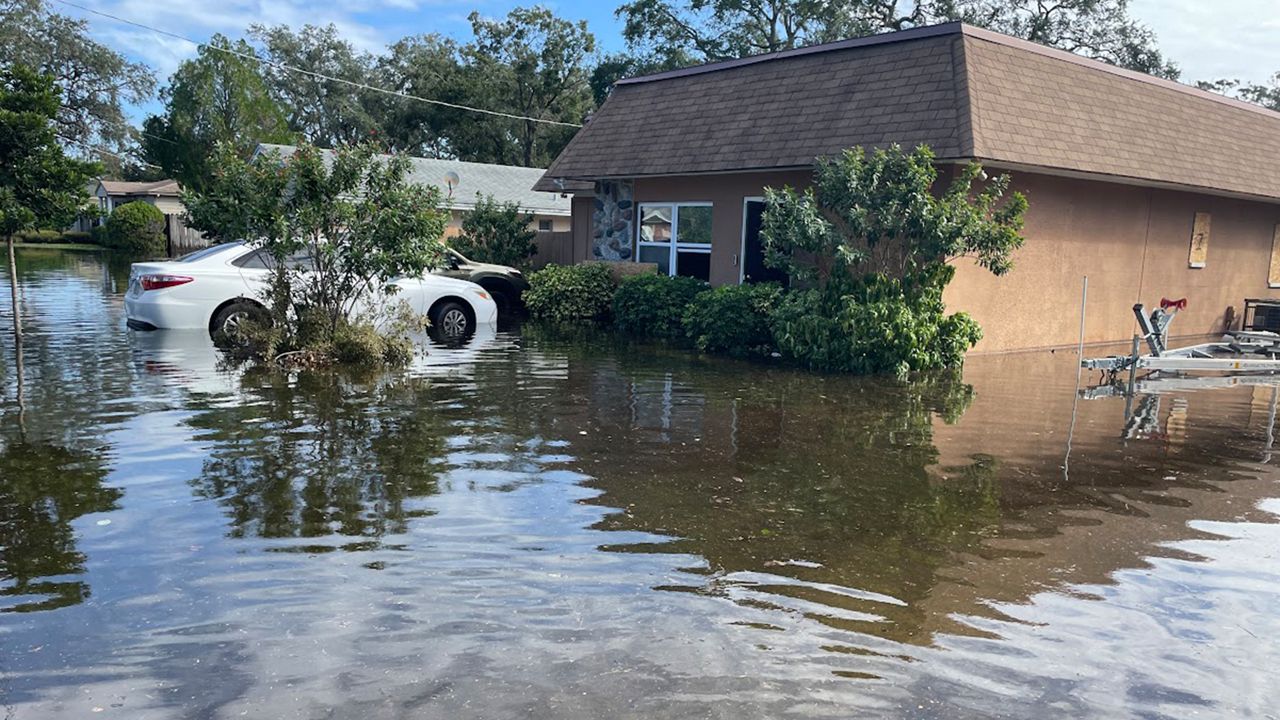ST. PETERSBURG, Fla. — As climatologists predict bigger and stronger storms, Congress is considering cuts to a program that helps predict them.
President Biden’s budget proposal for 2025 includes a 76% cut to the U.S. Integrated Ocean Observing Network, which is housed by NOAA. It’s a loss of millions of dollars that could affect the local use of autonomous water gliders that gather data in the Gulf of Mexico.
Researchers at The University of South Florida (USF) College of Marine Science use the technology as part of a program started in 2008. Their gliders collect information for both the U.S. Navy and NOAA, including water temperature, oxygen and salinity levels. The data is then used to help better understand hurricanes.
“We can’t stop a hurricane from coming but we can know a little better where it’s going to go or how strong it’s going to be,” said USF researcher Chad Lembke. “And if we can convince me or my dad or somebody else to relocate during a hurricane, that’s important because it does save lives.”
The USF program is funded in part by grants through NOAA and would likely be impacted if the cuts are pushed through. Though at this time, it’s not clear by how much.









